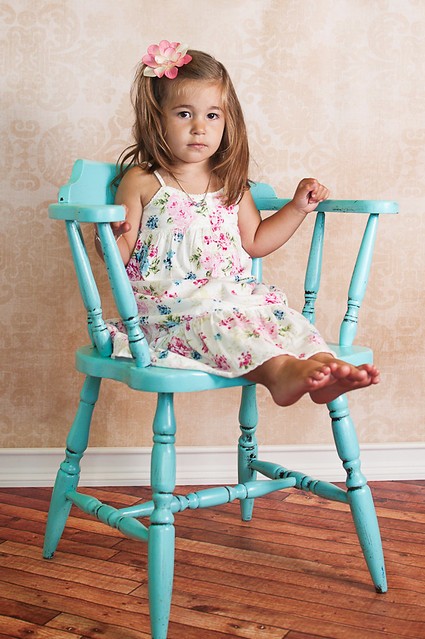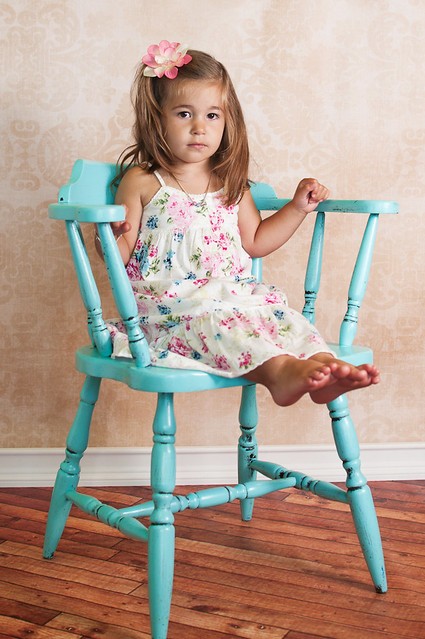SabrinaO
TPF Noob!
- Joined
- Sep 26, 2010
- Messages
- 1,315
- Reaction score
- 75
- Can others edit my Photos
- Photos OK to edit
I need to cut down on my post processing. I use lightroom to start. There I fix WB, exposure, fix color saturations and noise. Then I export a photo to a folder in two ways. I export one sized to facebook: (sharpened for screen, 72dpi), and one sized to the original size for printing: (sharpened for matte print, 300dpi). Then I edit each of those photos in photoshop fixing blemishes, spot healing, rubber stamping and use adjustment layers fixing contrast and adding curves. So imagine editing twice an entire session worth of pictures.
Anyways, so my question is... to minimize PP, if I just export one photo keeping the original size and check off the print settings (instead of having another copy sized/sharpened for web, 72dpi conversion) will the printing version look any different on screen? If not, then all Id have to do in photoshop is just edit that one picture and size one to facebook, and keep the original for the print size.
I hope I didn't confuse anyone!! I guess ill upload a web and a print version on my flickr and see if i can see a significant difference...
Anyways, so my question is... to minimize PP, if I just export one photo keeping the original size and check off the print settings (instead of having another copy sized/sharpened for web, 72dpi conversion) will the printing version look any different on screen? If not, then all Id have to do in photoshop is just edit that one picture and size one to facebook, and keep the original for the print size.
I hope I didn't confuse anyone!! I guess ill upload a web and a print version on my flickr and see if i can see a significant difference...









![[No title]](/data/xfmg/thumbnail/36/36395-66eaff4565ecf4245f13a9c469a9273b.jpg?1734168775)
![[No title]](/data/xfmg/thumbnail/34/34081-b60dc01a4635d409083c1fbe16b8fb95.jpg?1734164516)


![[No title]](/data/xfmg/thumbnail/41/41784-8cbc2bbf42c1ea67cfe2f77fdd5c53ec.jpg?1734176089)
![[No title]](/data/xfmg/thumbnail/36/36398-33d875428a7eefdf5b31188ec0f555a5.jpg?1734168784)
